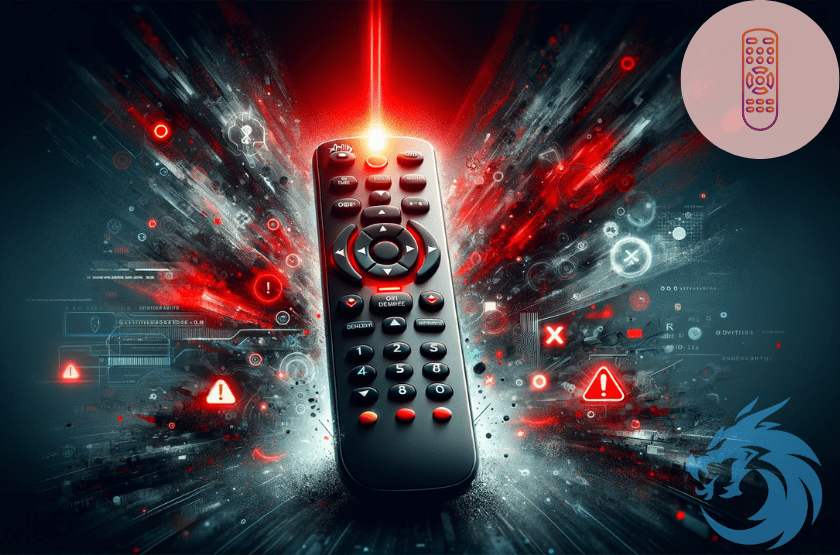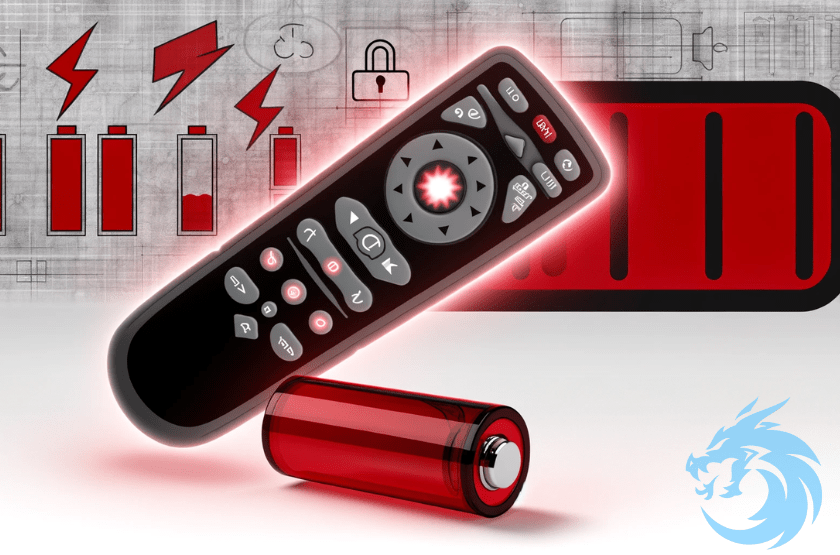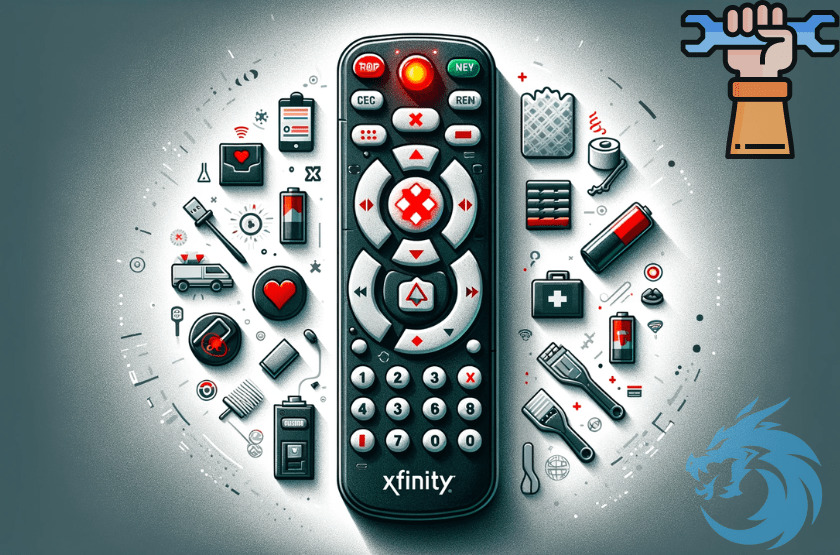A fully functional Xfinity remote is essential for seamlessly accessing everything your system offers. When the remote starts blinking red, it interrupts enjoyment and signals issues. This common problem frustrates many Xfinity users even though it seems trivial. Still, a glitchy remote gets in the way of smooth entertainment access.
This article explores why your Xfinity remote may blink red. We’ll uncover likely reasons behind the issue and provide practical solutions to restore proper remote function. With simple troubleshooting techniques, you can get your system working optimally again and prevent remote problems from blocking beloved viewing content.
Understanding Xfinity Remote Capabilities

Your Xfinity remote control is packed with features to enhance your viewing experience. Modern Xfinity remotes allow you to control your cable box, change channels, adjust volume, access a TV guide, setup recordings, and navigate streaming apps. They connect to your TV devices using two different signals—Bluetooth and infrared (IR).
The remote has various lights that display different colors to indicate its status. For example, a steady green light signals the remote is connected via Bluetooth to your cable box. A blinking green light means you have pressed a button while it searches for your connected devices.
A blue light indicates the batteries are low and you should replace them soon before they fully die. Most concerning for users is when the remote flashes with a blinking red light, which typically means one of your device connections has been interrupted or lost. Understanding these basic remote signals and light patterns can help you determine how to go about troubleshooting any issues that may arise.
The most common one —the blinking red light—usually signals connectivity issues. But there are a few different potential culprits behind it, which we will explore in depth next.
Main Causes of the Blinking Red Light

One of the most common triggers for a blinking red light on your Xfinity remote is low battery power.
The batteries dying interrupts the electricity supply to your remote, causing all connectivity and pairing to fail. This power loss leads the remote to flash that ominous red light to alert you that it can no longer communicate with paired devices properly. Replacing the outdated batteries with a fresh pair of batteries with adequate charge will often resolve this issue.
Replacing your Xfinity remote’s batteries is an easy, straightforward process. Simply locate the battery compartment cover along the bottom end of the remote and slide it off to access the batteries inside. Remove any dead batteries and replace them with 2 new AA batteries, properly aligning the positive and negative ends. Securely snap the battery cover back into place and try operating your remote again. The lights should glow green or blue now if that was the only issue.
Sometimes a remote’s blinking red light has nothing to do with dying batteries and instead indicates your remote has lost its pairing or wireless connectivity to devices like your cable box.
Any interruption making it unable to “talk” to paired boxes can make the remote act faulty by blinking red.
Re-establishing this lost pairing is similarly quick and painless. Simply locate the pairing button on both your Xfinity remote and cable box. Hold the pairing buttons down simultaneously until each device acknowledges reconnected pairing. Refer to your specific cable box’s manual if you need exact step-by-step pairing instructions. Some remotes also let you repair to boxes using an app on your mobile device.
Preventative Care Tips

While a blinking red light on your Xfinity remote can be disruptive in the moment, there are some simple preventive steps you can take to avoid recurring issues in the future.
Make it a habit to periodically check your Xfinity remote’s batteries even when its operation seems normal. Catching depleted batteries early before they fully drain can help avoid connectivity disruptions that trigger the remote’s blinking red behavior. Replace aging batteries proactively every few months to maintain adequate power.
Also handle your remote with care to prevent external damage that might impact functions over time. Be mindful not to drop your remote on hard surfaces and store it safely where it’s unlikely to suffer blunt force, spills, or other harmful accidents when not in use. Protecting your remote from internal component damage will extend its operational lifespan.
You can further augment your remote’s durability with protective cases and covers tailored for the Xfinity remote model. Investing in one of these cases protects your remote from everyday wear and tear, drops, bumps, dust, and spills – avoiding many issues down the road.
Periodically checking for available firmware updates for your remote is another way you can maintain performance and potentially improve features over time. Updates resolve bugs that can sometimes contribute to technical hiccups.
If you cannot solve problems with the TV remote control, then experts from innobytech.com recommend various ways to control your Smart TV. For example, you can use the TV remote control application from your phone; these solutions exist for Hisense, Xifinity, Samsung and other TV brands.
Combining attentive maintenance habits with common sense handling and storage practices will help ensure your Xfinity remote stays fully functional for seamless entertainment with fewer disruptions from a blinking red light.
Conclusion
In summary, a blinking red light on your Xfinity remote is one of the most common issues faced by users. However, while annoying, it can typically be addressed through simple troubleshooting to restore a seamless viewing experience. As covered in this article, everything from low batteries to pairing problems to signal interference can cause the irritating red flashing behavior.
Following the outlined steps for reconnecting device pairing, replacing batteries, eliminating obstruction, inspecting hardware issues, or resetting software glitches can return your remote to normal operations. Combining these troubleshooting methodologies with regular remote maintenance best practices is crucial for preventing recurrence of connectivity issues down the road.
